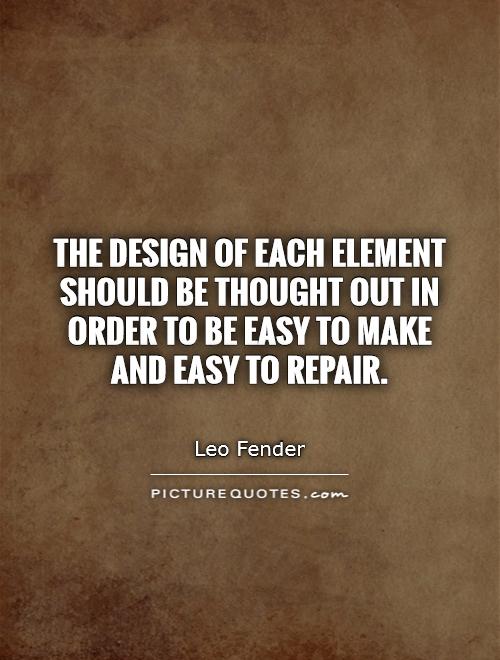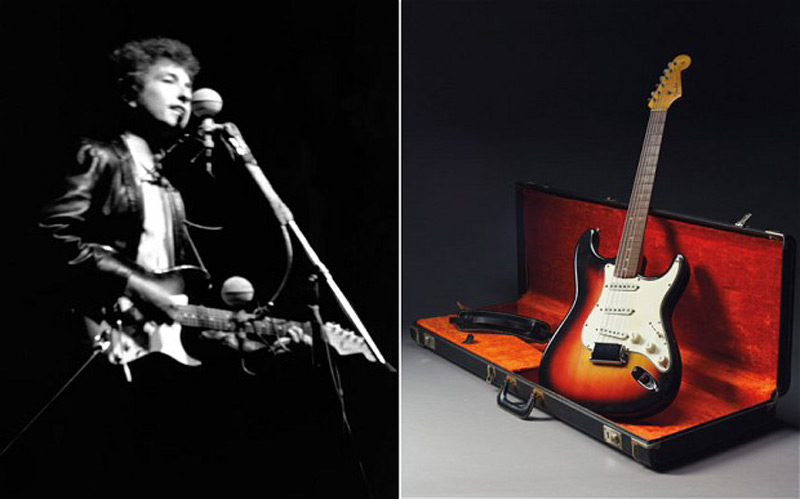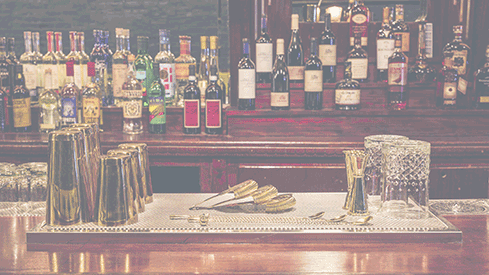
What would rock and roll have sounded like without Clarence Leonidas “Leo” Fender? How did a man who never learned to play the guitar design and build the most popular and most valuable instruments of all time? What weird chemistry turned an obsessive bookkeeper into the Henry Ford of mass produced guitars and amplifiers? It’s doubtful that this brief look at this unique American life will provide all the answers, but I think you’ll find it interesting.

Leo Fender was born in Anaheim, CA, near the successful orange grove his parents owned. But for living and working in San Luis Obispo, CA, for a short time, Fender lived, worked and died in Fullerton, within a few miles of his birthplace. As a kid, Leo was fascinated by radios, especially those made of spare parts, and the loud music that came out of them. He played the saxophone in high school. He went to junior college for accounting, but never studied electronics, though building and repairing radios remained his hobby. After college Leo delivered ice until the company made him their bookkeeper. In his spare time, he built several PA systems for local bandleaders. Then the Great Depression struck, and he was in and out of work until 1938, when he borrowed $600 and opened a radio repair shop. Besides his repair work, Leo kept on making, selling and renting amplifiers for big bands and jazz groups using electrified acoustic guitars, and country bands using lap steel, or Hawaiian guitars.
In the early 40s, Leo met Doc Kauffman, an inventor and lap steel player who had worked for Rickenbacker. They formed K&F Mfg. Co. to design and build lap steel guitars and amplifiers. They patented and produced one model using Kauffman’s guitar design and Leo’s patented pickup, in a kit with one of Leo’s amps. At the end of WWII, Leo decided that manufacturing, not repair was the way of the future. Kauffman was doubtful and left the company, which Leo re-named “Fender Electrical Instrument Co.”

Fender amps were well built to withstand rugged use, and became very popular. But, the market for lap steel guitars was limited. In 1948, Leo hired engineer George Fullerton, who became his friend and partner for the next 40 years. They went to work on a solid-body electric “Spanish” style guitar. No such animal was commercially available, though a few experimental models had been made by Rickenbacker, Les Paul and Paul Bixby (for country guitarist Merle Travis). In the spring of 1950, Fender introduced the Esquire, the first commercially available, mass produced, solid-body electric Spanish guitar. A few months later, Fender introduced an improved model called the Broadcaster. In 1951, when Gretch complained that it had a drum set named Broadkaster, Leo sold the guitar with no model name on it. These “Nocasters” are extremely rare and collectible. Fender re-named the model the Telecaster, a model still used today. The Telecaster is a single cutaway model with ash body, trussed and bolted maple neck, double pickups and tuning heads on one side of the neck. The distinctive twangy sound was especially popular with country groups, and this guy.

Also in 1951, Fender introduced the first electric bass, the Precision Bass, a solid-body, double cutaway, single pickup, fretted bass. The following year, Fender put out the Bassman amp, an amplifier head piggybacked on the speaker cabinet. It became hugely popular with regular guitarists and Marshall Amplification was launched using a later Fender Bassman design with few modifications.

In 1954, Fender introduced his most famous guitar, the Stratocaster, a double cutaway body with triple pickups and a vibrato, or “whammy” bar. This model has been and is still used by the greatest rock and blues guitarists in the world, who value its cleaner, biting tone and “singing” voice.

Leo was a workaholic, spending nearly all his time, seven days a week at the plant. Described as friendly and unassuming, he had a quirky side. He ate the same things for dinner each night of the week; his work and living spaces were highly organized and precisely arranged; he ate lunch at the same place every day; he was a creature of routines. In short, Leo Fender was the perfect person to produce a line of electronic instruments, each one made to exacting specifications and endlessly reproducible.

In 1965, Leo sold his company to CBS, which had been acquiring a variety of musical instrument companies, including Steinway piano. The price was $13 million, nearly $2 million more than CBS had paid for the NY Yankees in 1964. As part of the deal, Leo had to stay out of the business for 10 years. In 1975, he became president of the Music Man instrument company. He sold his interest in 1985, and re-united with George Fullerton to start G&L Guitars.
Fender pre-CBS guitars and amplifiers are highly sought after and valuable today. Prices for a Strat from that era can go over $30,000. The Strat played by Bob Dylan at the 1965 Newport Folk Festival was auctioned for a record $965,000 in 2013. That surpassed the price for Eric Clapton’s “Blackie”, $959,000. Fender price lists from the 60s have Stratocasters and Bassman amps going for $400 each.

Despite suffering from the progressively debilitating effects of Parkinson’s disease, Leo went to work at G&L every day, right up to the day before he died. The following year he was inducted into the HOF as a non-performer – never having learned to play the guitar.
